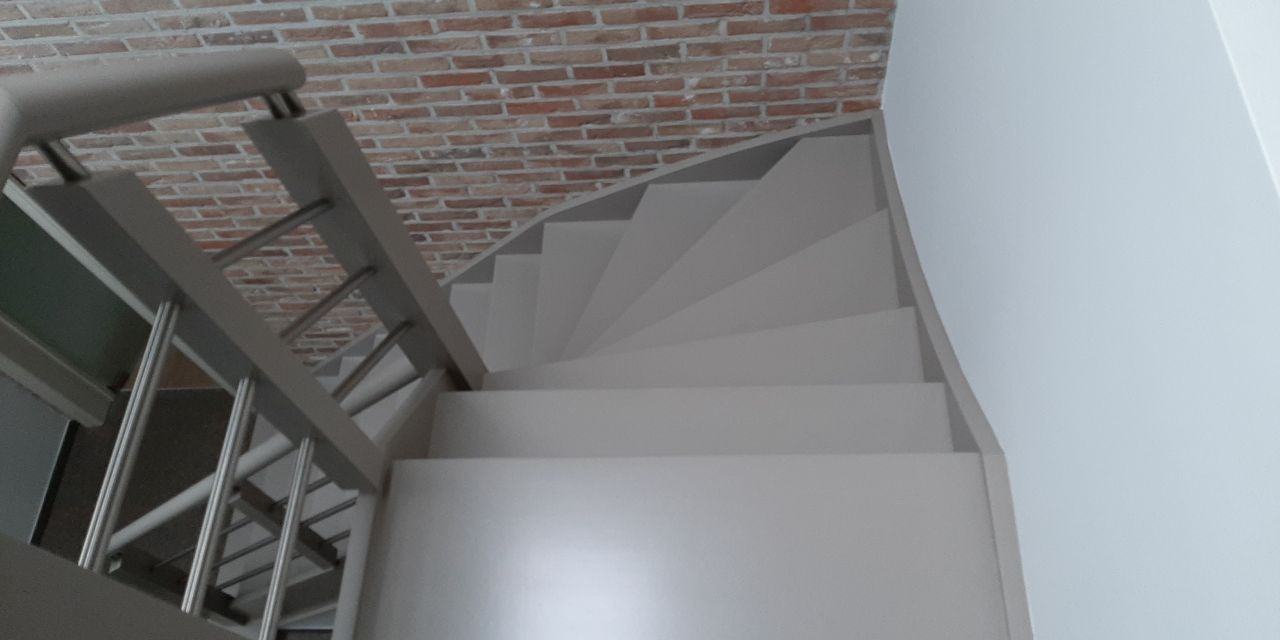Teylers Museum returned to its authentic colours
Object:
Teylers Museum Haarlem
Client:
Teylers Museum Haarlem
Performed by:
Leo Scholten Schilder- en Restauratiewerken, Vera Tolstoj Conservation & Restoration, Paulus Kramer
Wholesaler:
RIGO Verfcentrum, IJmuiden
Applied product:
Maril Linseed Oil Wall Paint

The challenge:
The Teylers Museum is the best-preserved 18th-century public institution for arts and knowledge in the world. Since 1784, the public has been invited here to see paintings and drawings by famous masters as well as wonderful minerals, ingenious instruments, valuable books and ancient fossils. The interior of the museum, with its magnificent Oval Hall, is a top-notch tourist attraction. No other authentic museum interiors from the 18th century survive anywhere in the world. Every year, over 110,000 people visit the museum.
It was a challenge to find the authentic colours for the renovation of the Staircase near the entrance. On various substrates, colour differences appeared in the same substrate. Richard Vermeulen (RIGO Verffabriek) and Wouter Lips (head of maintenance at Teylers Museum) made the decision to start a historical colour study that showed that the original colours were significantly different from the current ones.
As such, the decision was made to engage a partner of RIGO Verffabriek, Leo Scholten Schilder- en Restauratiewerken BV, to perform a sound, professional colour study. Since Leo was busy with another project that made use of RIGO Verffabriek products (the Bingerden Estate), he called in the help of Vera Tolstoj. Vera performed a full-fledged colour study and provided a full report. This led the Teylers Museum board to restore everything in the original, authentic colours.
This enormous challenge and the significant change it entailed was taken on by all parties in a highly professional, expert and passionate manner.
The main thing that stood out was the great amount of dirt on the walls, ceilings and roof glazing. On top of that, it turned out that much of the gilding had been 'repainted' with an opaque paint. Of course, the gilding had to be brought back. After cleaning, any cracks and tears in the plaster were fixed using the same method that is used in the Sistine Chapel. On top of that, old retouches were removed and reapplied.
On top of everything, a simple ladder against the wall did not suffice in this location! The stairwell required a complete scaffolding system. People had to take other routes up and downstairs for the time being. This meant that the challenge was also logistical in nature.
Substrate:
Existing plaster with various coats of paint. The top coat consisted of conventional acrylate wall paint. On top of that, most coats of paint were severely polluted, and the gilding had been repainted. Moreover, there were cracks and tears in the plaster.